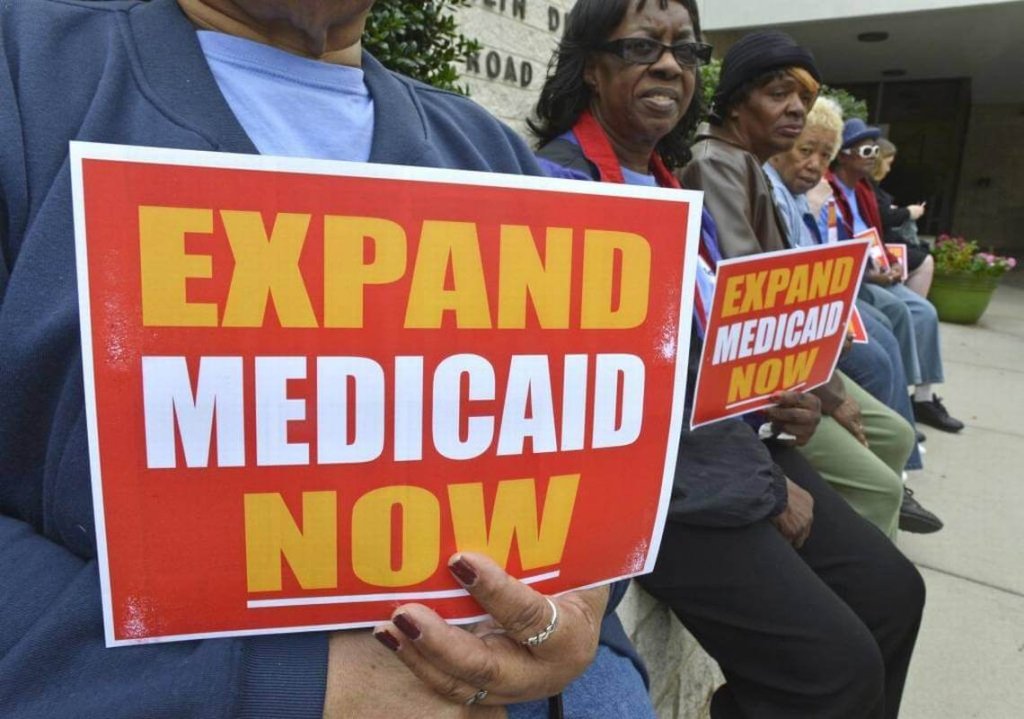Medicaid, a joint federal and state program, provides essential healthcare coverage to millions of low-income individuals, families, pregnant women, children, elderly, and individuals with disabilities across the United States. While Medicaid is intended to offer continuous coverage to eligible beneficiaries, there are instances when coverage may come to an end. So, when does Medicaid coverage end? In this comprehensive article, we delve into the various circumstances and factors that can lead to the termination of Medicaid coverage.
When Does Medicaid Coverage End:
1. Changes in Eligibility Criteria
One of the primary reasons for the end of Medicaid coverage is changes in eligibility criteria. Medicaid eligibility is contingent upon factors such as income, household size, age, disability status, and citizenship or immigration status. If an individual’s circumstances change in a way that no longer meets the eligibility criteria, their Medicaid coverage may end. Some common scenarios include:
- Increase in income exceeding the eligibility threshold.
- Changes in household composition, such as marriage, divorce, or the addition of a dependent.
- Aging out of certain Medicaid categories, such as children transitioning to adulthood.
2. Failure to Renew Coverage
Medicaid beneficiaries are typically required to renew their coverage periodically to maintain eligibility. Failure to complete the renewal process or provide requested documentation within specified deadlines can result in the termination of Medicaid coverage. Individuals who fail to renew their coverage may find themselves without health insurance, facing barriers to accessing essential healthcare services.
3. Administrative Errors
Mistakes or discrepancies in the Medicaid application or renewal process can also lead to the end of coverage. Administrative errors, such as incorrect information or missing documentation, may result in the erroneous cancellation of Medicaid coverage. In such cases, affected individuals may need to appeal the decision or reapply for Medicaid to reinstate their coverage.
4. Changes in Policy or Legislation
Changes in Medicaid policies or regulations at the state or federal level can impact eligibility criteria or coverage requirements, leading to the termination of coverage for certain individuals or groups. Policy changes could stem from legislative reforms, budget constraints, or shifts in healthcare priorities. Individuals may lose Medicaid coverage due to changes in eligibility rules, benefit packages, or program funding.
5. Improvement in Financial Situation
In some cases, individuals may lose Medicaid coverage due to an improvement in their financial situation. If an individual’s income exceeds the Medicaid eligibility threshold, they may no longer qualify for Medicaid benefits. This often occurs when individuals secure employment with higher income or when household financial circumstances change.
Also read: What Is Term Life Insurance? Check This Comprehensive Guide
While Medicaid is a vital lifeline for many individuals and families, there are circumstances under which coverage may come to an end. Changes in eligibility criteria, failure to renew coverage, administrative errors, policy changes, and improvements in financial situations are among the factors that can lead to the termination of Medicaid coverage. It is essential for individuals to stay informed about Medicaid eligibility criteria, renewal requirements, and policy changes to avoid disruptions in coverage and maintain access to essential healthcare services. Policymakers, healthcare providers, and advocacy organizations must work together to address systemic challenges and ensure equitable access to healthcare for all individuals in need. That’s the article about when does medicaid coverage end, hopefully it enlightens your mind.


